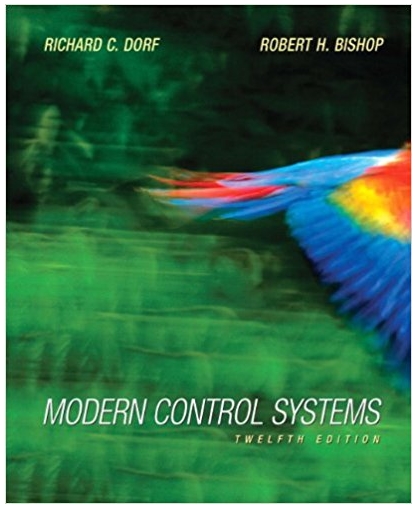Answered step by step
Verified Expert Solution
Question
1 Approved Answer
1. Consider a Carbon atom with 6 electrons (i.e. Z=6), having an electronic configuration [He]2s22p, and the two p electrons are assumed to have

1. Consider a Carbon atom with 6 electrons (i.e. Z=6), having an electronic configuration [He]2s22p, and the two p electrons are assumed to have parallel spin and maximum possible value of orbital angular momentum. [a] Argue briefly (no proofs, just recap the argument) that this leads to an L = 1, S = 1 state. Write down its degeneracy in the absence of a field. (Hund's first rule requires one to maximize S, and the second rule say maximize L subject to the first rule). [b] Another rare earth atom has L = 2, S = 2 in its ground state. For this atom write down the eigenvalues of [ and S. [c] Writing J = + S write the allowed eigenvalues of and hence those of L.5. [d] In part c, show that the degeneracies of the allowed J states add up to the degeneracy of the states in part a. 2. Consider a rare-earth ion with total orbital angular momentum L = 3 and total spin S = 2, and we are given that the interaction between these is where Hint = |A|L. #B(L,+2S,)B, [a] The Zeeman (i.e. the second) term is to be regarded as a pertur- bation of the first term(i.e. || >> Bz). [b] The Zeeman (i.e. the second) term is to be regarded being much bigger than the first term(i.e. || < < Bz). In case [a], find the energy spectrum for B = 0 and list the degeneracies. For B 0 calculate how the degeneracies are lifted.
Step by Step Solution
There are 3 Steps involved in it
Step: 1

Get Instant Access to Expert-Tailored Solutions
See step-by-step solutions with expert insights and AI powered tools for academic success
Step: 2

Step: 3

Ace Your Homework with AI
Get the answers you need in no time with our AI-driven, step-by-step assistance
Get Started


